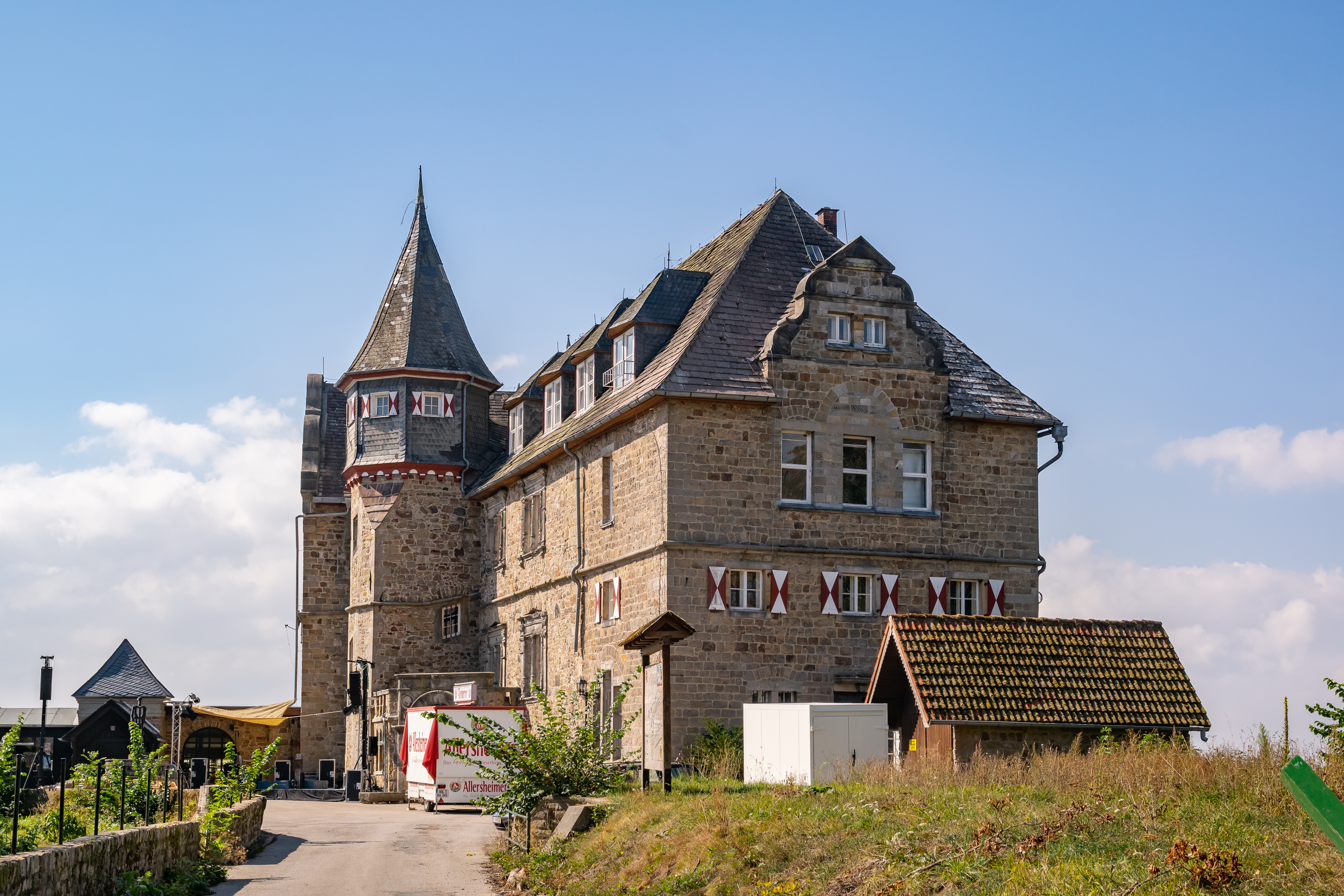Schieder-Schwalenberg on:
[Wikipedia]
[Google]
[Amazon]
Schieder-Schwalenberg (
 The County of Schwalenberg was first mentioned with count Widekind I in 1127. The original seat of the counts had been Oldenburg Castle at
The County of Schwalenberg was first mentioned with count Widekind I in 1127. The original seat of the counts had been Oldenburg Castle at

Official Website of Schieder-Schwalenberg
Schiedersee
Website of the TuS 08 Brakelsiek Football Club in Schieder-Schwalenberg
Towns in North Rhine-Westphalia Lippe Principality of Lippe {{Lippe-geo-stub
Low German
:
:
:
:
:
(70,000)
(30,000)
(8,000)
, familycolor = Indo-European
, fam2 = Germanic
, fam3 = West Germanic
, fam4 = North Sea Germanic
, ancestor = Old Saxon
, ancestor2 = Middle ...
: ''Schüer-Schwalenberg'') is a town in the Lippe
Lippe () is a ''Kreis'' (district) in the east of North Rhine-Westphalia, Germany. Neighboring districts are Herford, Minden-Lübbecke, Höxter, Paderborn, Gütersloh, and district-free Bielefeld, which forms the region Ostwestfalen-Lippe.
...
district, in North Rhine-Westphalia
North Rhine-Westphalia (german: Nordrhein-Westfalen, ; li, Noordrien-Wesfale ; nds, Noordrhien-Westfalen; ksh, Noodrhing-Wäßßfaale), commonly shortened to NRW (), is a state (''Land'') in Western Germany. With more than 18 million inha ...
, Germany
Germany,, officially the Federal Republic of Germany, is a country in Central Europe. It is the second most populous country in Europe after Russia, and the most populous member state of the European Union. Germany is situated betwee ...
. It is situated approximately east of Detmold
Detmold () is a city in North Rhine-Westphalia, Germany, with a population of . It was the capital of the small Principality of Lippe from 1468 until 1918 and then of the Free State of Lippe until 1947. Today it is the administrative center of t ...
.
It consists of 8 communes, which have been combined to a town in 1970. The names of the communes are Schieder, Brakelsiek, Schwalenberg, Lothe, Ruensiek, Wöbbel, Siekholz and Kreienberg, the district Schieder together with Glashütte is a Kneipp health resort. Together they have c. 8,400 residents (2020).
Geography
Schieder-Schwalenberg is located between theTeutoburger Wald
The Teutoburg Forest ( ; german: Teutoburger Wald ) is a range of low, forested hills in the German states of Lower Saxony and North Rhine-Westphalia. Until the 17th century, the official name of the hill ridge was Osning. It was first renamed th ...
and the Weserbergland
The Weser Uplands (German: ''Weserbergland'', ) is a hill region in Germany, between Hannoversch Münden and Porta Westfalica, along the river Weser. The area reaches into three states, Lower Saxony, Hesse, and North Rhine-Westphalia. Important ...
. The district of Schieder is situated on the banks of Schiedersee, an artificial lake that is fed and drained by the River Emmer.
Coat of arms
The swallow on the red ground depicts Schwalenberg's municipal coat of arms. On the blue ground the crown represents the summer residence of theHouse of Lippe
The House of Lippe (german: Haus Lippe) is the former reigning house of a number of small Germany, German states, two of which existed until the German Revolution of 1918–19, the Principality of Lippe and the Schaumburg-Lippe, Principality of S ...
, the castle at Schieder. The white line in between represents the River Emmer.
Economy
The main industrial sector is the furniture industry. Schieder Möbel are the main producer of furniture. Apart from the furniture branch tourism plays an important part in the economy. Tourists, mainly from Germany, Denmark and the Netherlands, often come to rent holiday flats for a short break. The Schiedersee and the Glashütte district attract many visitors.History
 The County of Schwalenberg was first mentioned with count Widekind I in 1127. The original seat of the counts had been Oldenburg Castle at
The County of Schwalenberg was first mentioned with count Widekind I in 1127. The original seat of the counts had been Oldenburg Castle at Marienmünster
Marienmünster is a town in Höxter district in North Rhine-Westphalia, Germany.
Geography
Location
Marienmünster is North Rhine-Westphalia's smallest municipality by land area. It lies in the Weserbergland, in the state's easternmost dis ...
. The monastery of Marienmünster was founded by the counts in 1128. Schwalenberg Castle was built between 1228 and 1231 by count Volkwin III. During the 13th century the territory of the counts was split between several branches, creating the county of Schwalenberg itself (then mainly restricted to a small territory around Schwalenberg Castle), the county of Pyrmont (existing from 1194 until 1495), the county of Waldeck (existing as a principality until 1918) and the county of Sternberg (existing from 1243 until 1377, later disputed between the counts of Schaumburg and the counts of Lippe). When the Schwalenberg branch extinguished in 1365, its territory was divided between the House of Lippe
The House of Lippe (german: Haus Lippe) is the former reigning house of a number of small Germany, German states, two of which existed until the German Revolution of 1918–19, the Principality of Lippe and the Schaumburg-Lippe, Principality of S ...
(which used Schwalenberg Castle as a seat of junior branches and later distributed parts of the county to its branches Lippe-Biesterfeld
The House of Lippe-Biesterfeld was a comital cadet line of the House of Lippe (a German dynasty reigning from 1413 until 1918, of comital and, from 1789, of princely rank).
The comital branch of Lippe-Biesterfeld ascended the throne of the Prin ...
and Lippe-Weissenfeld
The House of Lippe-Weissenfeld (German spelling: Lippe-Weißenfeld) is one of the junior branches of the House of Lippe, a dynasty ruling the Principality of Lippe until the German Revolution of 1918–19.
Branches of the House of Lippe
The Li ...
), and the Prince-Bishopric of Paderborn.
References
External links
Official Website of Schieder-Schwalenberg
Schiedersee
Website of the TuS 08 Brakelsiek Football Club in Schieder-Schwalenberg
Towns in North Rhine-Westphalia Lippe Principality of Lippe {{Lippe-geo-stub